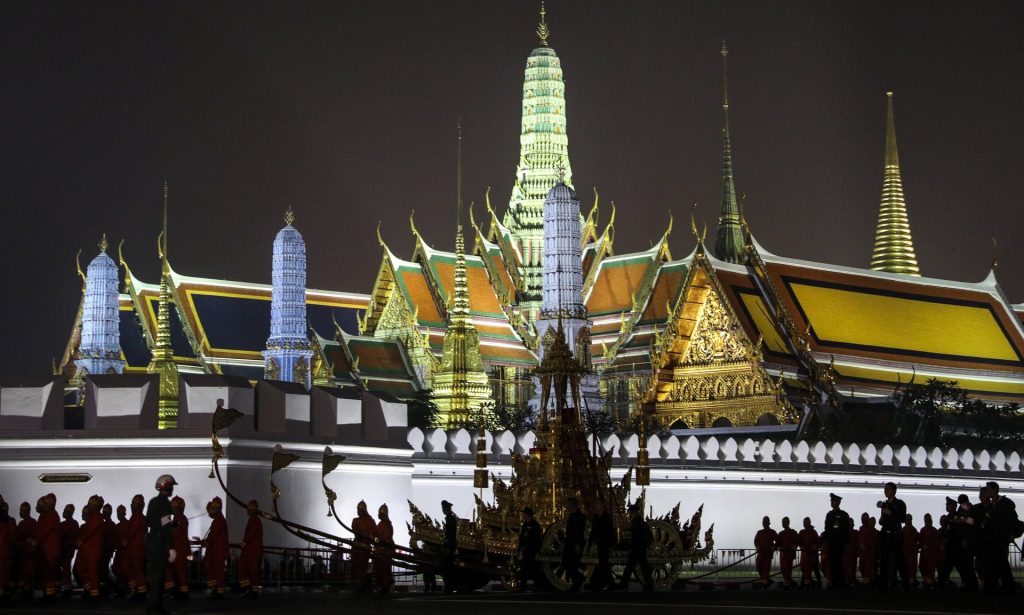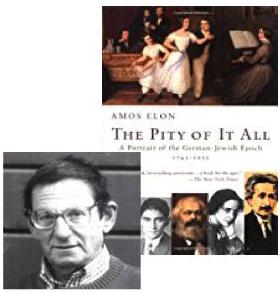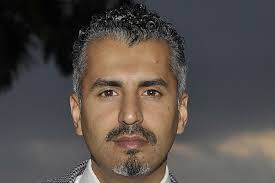Now that Islamic State has been defeated in the most prominent of its several bases it may not be a bad idea to extend our understanding of what we have just witnessed and its likely ongoing ramifications.

There is something terribly modern about the jihadi terrorist violence that has unfolded in the past twenty years or so.
Of course, neither terrorism nor jihad is a new phenomenon. Forms of “globalized” terrorism . . . developed as early as the late nineteenth century with the anarchist movement, culminating in the first manifestation of global terrorism with the alliance formed by the Baader-Meinhof gang, Palestinian extreme left groups, and the Japanese Red Army in the 1970s. As for the reference to jihad, it is found in the Quran and regularly resurfaces in the Muslim world—particularly through the term mujahid, characteristic of the Algerian Front de Liberation Nationale (FLN) and the Afghan resistance.
What is new is the association of terrorism and jihadism with the deliberate pursuit of death.
Those are the opening lines of Jihad and Death: The Global Appeal of Islamic State by Olivier Roy, translated from French by Cynthia Schoch. The book has been noticed with reviews easy to find on the web — in Church Times, The Economist, Foreign Affairs, The Guardian, Haaretz, Jihad Watch, Middle East Media and Book Reviews Online, The National, New York Journal of Books, Our Daily Read, The Times. . . .
Most of history’s terrorists are on record as carefully planning their escape. Olivier Roy sees the current wave Islamic State inspired terrorists as fundamentally a nihilistic youth movement. The perpetrators are not as a rule long and deeply immersed in Islam; on the contrary, their sentiments of fervent religiosity are expressed by a smattering of decontextualized “proof texts” and surface only in a matter of weeks or months before those perpetrators embark on their ultimate goal of a suicide mission. Before that time, and even during that same period, their lives are stained by unreligious practices — petty crime, alcohol, sex, drugs — but suicide, they believe will atone for all of their sins and even grant apostate family members a path to paradise.
It is a generational movement, Roy argues, comparable to the terror once wreaked by China’s Red Guards in the Cultural Revolution and by the Khmer Rouge in Cambodia. The old Islam of their parents is to be wiped out to make way for the original faith and practice. But they are not even making room for a new society; they seek death.
The caliphate is a fantasy. It is the myth of an ideological entity constantly expanding its territory. Its strategic impossibility explains why those who identify with it, instead of devoting themselves to the interests of local Muslims, have entered a death pact. There is no political perspective, no bright future, not even a place to pray in peace.
Roy speaks of the Islamization of radicalism. He rejects the notion that it is Islam that is being radicalized. No, it is the other way around today. Fundamentalism, he argues, does not produce violence. Other factors contribute to violence. Islam, moreover, condemns suicide missions of the type longed for by modern day Islamist terrorists, because it anticipates God’s will. The suicide bomber does not allow God to decide the time of his or her death and is for that reason condemned by even Salafi Muslims.
But while the concept of the caliphate is indeed part of the Muslim religious imaginary, the same is not true for the pursuit of death. Salafism, accused of all kinds of evils, condemns suicide because it anticipates Gods will. Salafism is primarily concerned with codifying individual behavior: it regulates everything, including the use of violence. Salafis are not out to die. Instead, obsessed by salvation, they need life in order to prepare to meet their Lord at the end of an earthly existence led according to its rites and rituals. (Roy, p. 4)
There is no military or strategic advantage to be won by ongoing suicide operations. Yes, we know about asymmetrical warfare and the power and even success achieved by small bands against organized national armies. But suicide attacks lose trained and hardened warriors every time. The goal as set out in radical manifestos is to fan further radicalization, especially among Muslim communities. Hence most targets are Muslims in the Middle East, not Westerners.
I believe that the systematic association with death is one of the keys to today’s radicalization: the nihilist dimension is central. What fascinates is pure revolt, not the construction of a utopia. Violence is not a means. It is an end in itself. It is violence devoid of a future. If this were not the case, it would be merely an option instead of a norm and a conscious choice.
But what about the lone wolf nutter?
The genius of ISIS is to offer young volunteers the narrative framework within which they can achieve their aspirations. So much the better for ISIS if other volunteers to die—psychopaths, people with suicidal tendencies, or rebels without a cause—have little to do with the movement, but are prepared to play out a scenario that lends their personal despair a global dimension. (p. 5)
It’s not easy reading interpretations like Roy’s. I look forward to what other specialists in the field have to say about his book, but so far he does not seem very far removed from what several of them have written.
If so, it will surely pass, just as other nihilistic and suicidal “fashions” among youth in the past have passed. That doesn’t make the present any easier, of course, and it leaves us apprehensive of what might follow.
This association of course does not cover the entire issue. It is perfectly conceivable that other, more “rational,” forms of terrorism might soon emerge on the scene. It is also possible that this form of terrorism is merely temporary and that the protest will take on other forms, perhaps more political ones. (p. 5)










